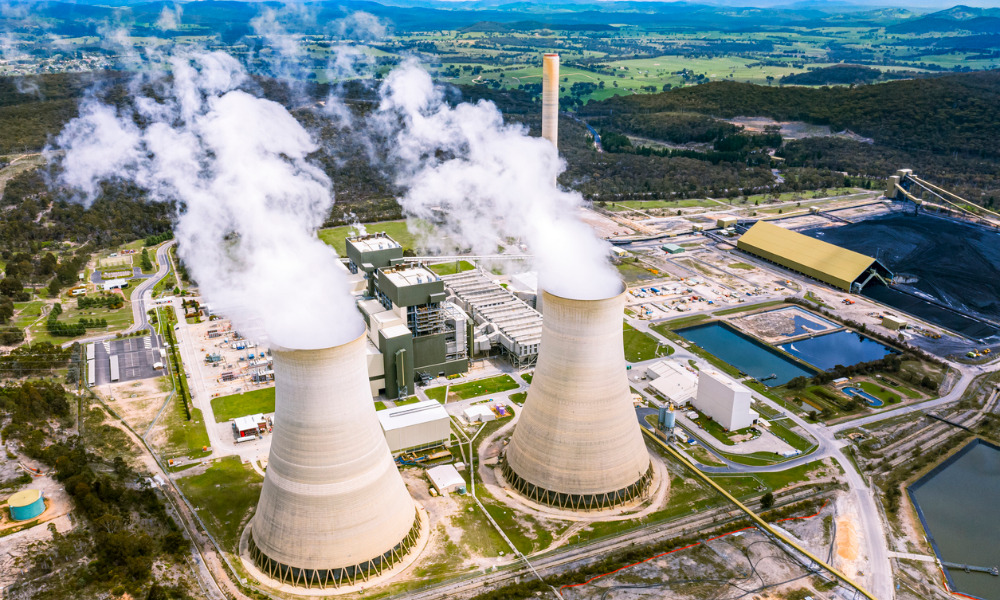
See how the trend 'hurts both manufacturers and consumers'

Business conditions expanded and gained momentum in the June quarter amidst labor and production shortage, the latest Australian Chamber of Commerce and Industry (ACCI) Westpac Survey of Industrial Trends showed.
In a media release, the ACCI said manufacturers have benefited from the strengthening demand in the Australian economy but are facing supply headwinds and escalating costs deemed “the most challenging in 50 years.”
Westpac senior economist Andrew Hanlan said the actual composite index, which determines the gauge of business conditions, increased to 64.5 in the June quarter, with a reading above 50 demonstrating an expansion, representing a return to prevailing conditions before the spread of COVID-19 Delta variant.
“Output and new orders expanded at a faster pace in the June quarter of 2022,” he said.
As the Australian economy reopened, manufacturers profited from the rebound activity because consumers are spending more freely with lesser COVID-19-related restrictions.
“Government spending is also trending higher, so too business investment, across equipment and infrastructure projects,” Hanlan said.
As consumer demand rises, the manufacturers’ ability to respond continues to be curtailed by acute labour and material shortages, according to Hanlan.
“These shortages, as well as an energy crisis, have led to soaring costs and a squeeze on profit margins,” he said.
Surging production costs remain a challenge among Australian businesses. Hanlan even described the labour constraint as the “most acute since 1974,” while challenges in sourcing materials have been the “most pronounced since the oil shock of the mid-1970s.”
According to ACCI chief executive Andrew McKellar, despite a third of firms expecting to take new hires in the June quarter, only a few businesses did, demonstrating the difficulty companies are having in recruiting and retaining staff.
“In light of chronic labour shortages, manufacturers have turned to existing workers for additional overtime as they race to keep up with strong consumer demand,” he said. “Approximately two in five firms reported an increase in overtime in the June quarter.”
McKellar also said the global shipping and supply chain crisis led to material constraints that further increased production costs.
“Compounded by a spike in gas and electricity prices, restoring resilient, efficient, and secure supply chains and energy infrastructure is absolutely critical,” he said.
Since the manufacturers’ profit margins are being squeezed because of the increasing production cost, Hanlan said that consumers should brace for further sharp price increases.
Even ACCI chief executive Andrew McKellar “cautioned” that despite manufacturers’ recovery from the pandemic, the sector risked being crimped by increasing input costs.
“With more than 50 per cent of manufacturers anticipating that costs will continue to climb, higher consumer prices should also be expected, threatening to stoke inflation,” he said.
With inflation predicted to hit 7% by the end of the year, and a global economic slowdown threatening Australia’s economic recovery, McKeller said labour and material obstacles must be addressed to ensure the industry’s lasting recovery.